Android System Development Course
For working professionals. Learn Android system development for integrating new devices using HAL.
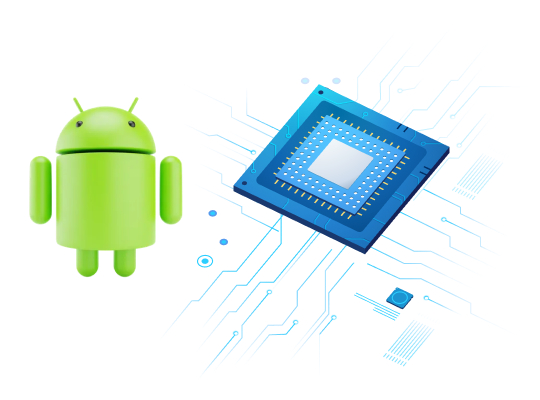

Course

Projects

LMS Access

Interventions
Embedded Android system development course enables you to customize, build and port Android to ARM based embedded systems, such as Raspberry Pi and BeagleBone. Designed in a hands-on manner in collaboration with engineers from companies like Bosch and Samsung, this workshop equips you to boot your custom Android image on an ARM target.
The Embedded Android System Development course at Emertxe is meticulously crafted to equip you with the expertise needed to excel in the convergence of embedded systems and Android development. This course begins with a solid foundation in the core concepts of Android, specifically tailored for embedded systems. You will gain a comprehensive understanding of the Android architecture, kernel, and the essential components that drive its functionality.
As you progress through the course, you will delve into advanced topics that are critical for modern embedded systems. You will learn about integrating new devices into the Android system by getting hands-on with Android HAL, Android Services and Linux device driver ecosystem. You’ll explore hardware interfacing, enabling you to connect and control external devices using Android.
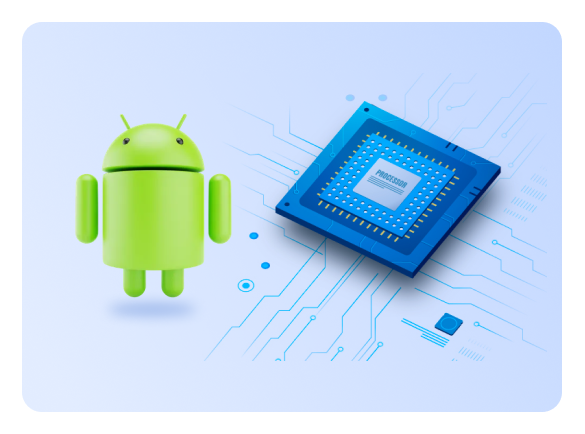
Android is steadily gaining a critical role in the Embedded OS market. There is a surge in the number of sensors / devices that are getting connected under the umbrella of Internet-Of-Things (IoT). These devices need to be integrated into the Android system and accessed via applications, which is covered in the course.
Our Android system development course curriculum with practicals ensures you learn all critical components to get started.
Prerequisites:
Key Takeaways:
Platform Details:
To begin with, this workshop focuses on ARM based target board bring-up with Android as the Embedded OS. Followed by that, it deep dives into system development aspects of Embedded Android to integrate sensors / devices. Here is the day wise break-up of the course topics.




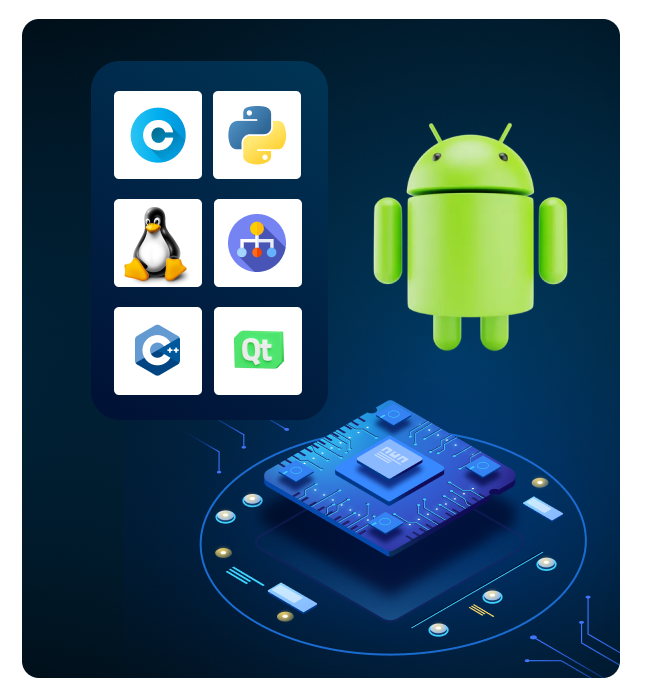
| Course name | Start date | Duration | Registration Status |
|---|---|---|---|
| Emertxe Certified Embedded Professional - Advanced(Onsite /Classroom-based) | 27/03/2025 | 6 Months* | Register Now |
| Emertxe Certified Embedded Professional(Online) | 25/03/2025 | 6 Months* | Register Now |
| Emertxe Certified Embedded Professional (Online) | 02/04/2025 | 6 Months/Evening* | Register Now |
| Embedded Systems Internship | 23/04/2025 | 1 Month | Register Now |
Everyone hits the career crossroads one time or another. UpSkilling is the best way forward. Here is the list of professionals from the past who have won over their career challenges.

Developing solutions on my own and the belief in Best return on investment is in improving self-skills were the key motivating factors that made me reach Emertxe. Mentors helped me advance diversified skills in the Embedded domain. I could enhance my profile and started giving interviews. At one point I had 5 offers in hand to make a choice. Thanks to Emertxe.

I was working in a non Embedded domain, and wanted to get back into the core. Hence I quit my job and joined Emertxe. I got help from mentors who helped me to get back into hands-on programming. Because of Helped to achieve a career transition. Mentors Helped to get the basics of embedded systems and build a career in the core domain.

Training provided at Emertxe is more about practical knowledge necessary to become ready for industry. Practice sessions and assignments at Emertxe are well-designed to give candidates the edge over other job seekers in the market. I have worked on IoT, Linux drivers, Low level drivers, firmware, RTOS, currently working at Toshiba Software India.

I was working as a faculty in an engineering college. Wanted to get into Embedded, which has been my area of interest. However I had a skill-gap. Mentors understood my challenge and aspirations. They helped me by giving hands-on mentoring and close guidance. I could make a transition into the industry, which was not possible without Emertxe.
Our Linux internals courses give very high importance on project based learning. Not only you learn a particular technology as a part of the workshop, it will enable you to build a project on your own. Here is a list of projects that will expose you to various part of Linux Kernel and System calls.
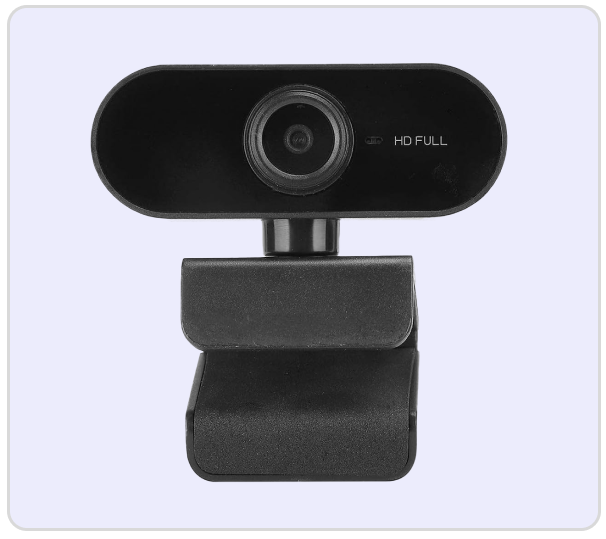
This project is based on writing basic camera HAL and external camera hardware modules connected to GPIO pins. You should be able to view the image in camera preview and take a snap. The implementation can be tested with a Java test application, which could be an album-like application using which you will be able to view all the images captured using the camera.
By the end of this project you would have got hands-on experience in building a camera based HAL and demonstrating an end-to-end user scenario. This would also expose participants to the Video4Linux (V4L2) driver ecosystem.
Camera HAL can be written in C or C++
Linux
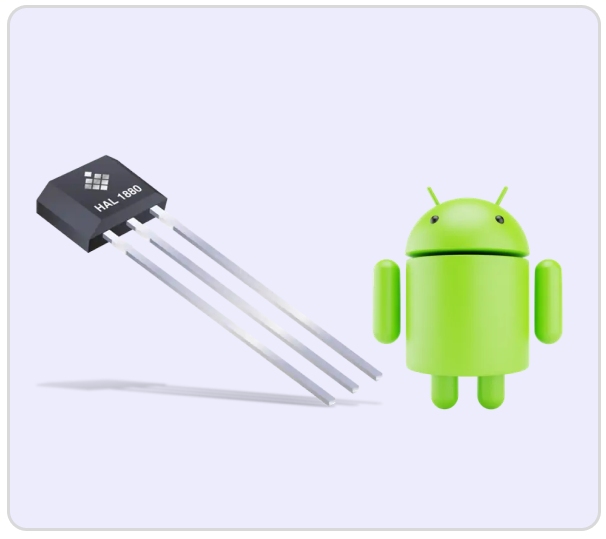
This project is based on writing sensor HAL for humidity and temperature sensor. The external sensor will be connected to GPIO pins. Enable temperature and humidity sensor at kernel level. Enable required permission to read the device files.
You need to capture the humidity and temperature data at every 2 seconds interval and send it to the system server.This project is aimed at providing practical exposure to participants on building IoT based use-case that starts with sensors and ends with a server application. By creating a sensor HAL you will get a real view of building IoT in Android.
Sensor HAL creation using C or C++
Sensors
Industrial I/O
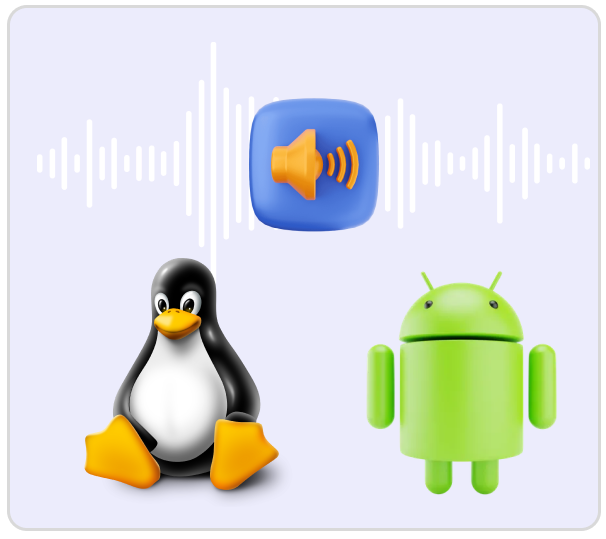
This project is based on writing basic Audio HAL using TinyALSA and TinyMix. TinyALSA is a small library to interface with Advanced Linux Sound Architecture (ALSA) in Linux Kernel that avoids supporting complex and unnecessary operations. TinyMix is a utility that helps to configure and test Audio related functionalities.The goal of the project is to enable you to configure volume and audio channel using an Audio application. This application should be able to;
Audio HAL implementation using C or C++
TinyALSA
Industrial I/O
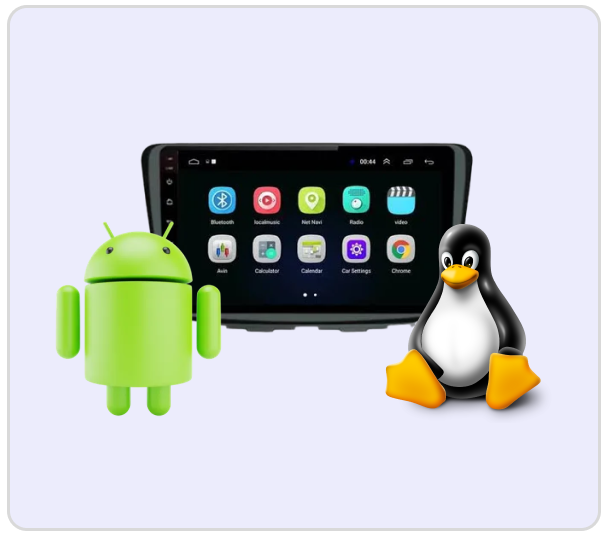
This project is to provide hands-on exposure in setting up an Android build system to create a custom / new product. In this case a car head-unit is being taken as a use-case, typically useful in using Android in Automotive based projects.This project will also expose you to some of the security related aspects by understanding SELinux.By the end of the project you should be able to compile the AOSP by
Scripting
Embedded system
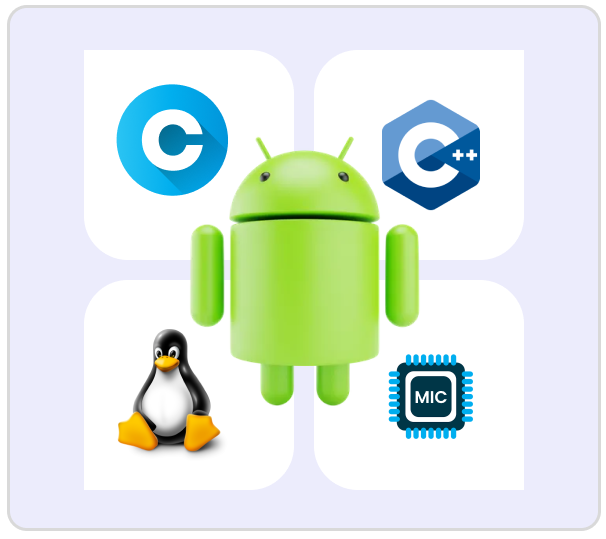
One of the key advantages of using Android over Linux is the ease in which new services can be added and exposing APIs. These APIs will in-turn be used by high level applications to perform required functionality.The main objective of this project is to expose participants with various layers of Android framework and make appropriate changes to create your own custom service.
This means you should be able to modify the system server, write a custom HAL, add required permissions and expose APIs to applications. By the end of this project you will be able to create your own service and expose APIs. You will also be able to appreciate the advantages of the Android framework.
C/C++
Java
Linux

This project is based on writing basic camera HAL and external camera hardware modules connected to GPIO pins. You should be able to view the image in camera preview and take a snap. The implementation can be tested with a Java test application, which could be an album-like application using which you will be able to view all the images captured using the camera.
By the end of this project you would have got hands-on experience in building a camera based HAL and demonstrating an end-to-end user scenario. This would also expose participants to the Video4Linux (V4L2) driver ecosystem.
Camera HAL can be written in C or C++
Linux

This project is based on writing sensor HAL for humidity and temperature sensor. The external sensor will be connected to GPIO pins. Enable temperature and humidity sensor at kernel level. Enable required permission to read the device files.
You need to capture the humidity and temperature data at every 2 seconds interval and send it to the system server.This project is aimed at providing practical exposure to participants on building IoT based use-case that starts with sensors and ends with a server application. By creating a sensor HAL you will get a real view of building IoT in Android.
Sensor HAL creation using C or C++
Sensors
Industrial I/O

This project is based on writing basic Audio HAL using TinyALSA and TinyMix. TinyALSA is a small library to interface with Advanced Linux Sound Architecture (ALSA) in Linux Kernel that avoids supporting complex and unnecessary operations. TinyMix is a utility that helps to configure and test Audio related functionalities.The goal of the project is to enable you to configure volume and audio channel using an Audio application. This application should be able to;
Audio HAL implementation using C or C++
TinyALSA
Industrial I/O

This project is to provide hands-on exposure in setting up an Android build system to create a custom / new product. In this case a car head-unit is being taken as a use-case, typically useful in using Android in Automotive based projects.This project will also expose you to some of the security related aspects by understanding SELinux.By the end of the project you should be able to compile the AOSP by
Scripting
Embedded system

One of the key advantages of using Android over Linux is the ease in which new services can be added and exposing APIs. These APIs will in-turn be used by high level applications to perform required functionality.The main objective of this project is to expose participants with various layers of Android framework and make appropriate changes to create your own custom service.
This means you should be able to modify the system server, write a custom HAL, add required permissions and expose APIs to applications. By the end of this project you will be able to create your own service and expose APIs. You will also be able to appreciate the advantages of the Android framework.
C/C++
Java
Linux
Our UpSkilling courses are designed by keeping working professionals in mind. It will enable them to take the next successful step in their careers. Please register here with your area of interest, one of the senior career counselors will get in touch with you.
In WSA we believe in knowledge sharing and spreading a word of positivity. Here are the various ways using which you can get additional benefits and support from our team.
In Emertxe we believe in sharing all our resources. Here is our online digital library where you will find all our course materials for free.
We have a pool of experts who can clarify your career related questions and doubts. Feel free to reach out and get your queries answered.
Our Webinars bring in industry and career guidance. Access all our webinar resources and make the right decision for your career.
We are pretty sure you will have a lot of questions before joining our courses. Here are the frequently asked questions for your reference. In case you still have anything specific write to us at training@emertxe.com

The Emertxe Embedded systems course with placements lays very stress on improving skills. The key differentiation is to showcase differentiating skill-sets to companies. Typically Placements for our Embedded Systems students at Emertxe start in after the 4th month onward. Students have to obtain first level Linux and programming languages skills (Linux Systems and C & Data Structure modules) in order to start applying for placements.
However placements will continue remaining part of the course and up to two years after course completion.
Emertxe is one of the best Embedded Institutes with Placements. Students are provided with an ample number of placement opportunities. During the time of admission we provide a written commitment to every student. It will clearly mention Placement opportunities in Embedded Systems for Freshers in core Embedded Systems companies. This is more than enough to convert it into a job.
Every student goes through rigorous training in all the Embedded systems course modules with continuous assessment. As long as students regularly follow the classes, assignments and mini-projects, they will not face any issue in getting a job. Our placement department will do the rest of the job. As per our statistics, every student who has completed their course assignments and their assigned projects in Embedded Systems gets placed by their 3rd to 4th interview.
Please check out our placements page to get details of recent placement companies recruiting for fresher jobs. We strongly recommend you to connect with our Social Media pages to get regular updates on companies visited and much more information related to embedded industry.
Resumes play a very important role in getting a profile shortlisted. It should demonstrate necessary technical skill-sets and project output to showcase an individual’s capability. Based on our experience we observed students won’t spend much time in building a quality resume and tend to copy/paste from their friends/colleagues. Added to that, today’s fresh engineers don’t have much to write in their resume by the end of their degree.
Please get in touch with our team of counselors in the coordinates given below. They will help you with further steps.
Phone: +91 809 555 7 332 / +91 809 555 7 333
Online Enquiry: Contact us Form
Email: training@emertxe.com
Here is the list of our UpSkilling courses. Please check individual course cards to get more details.
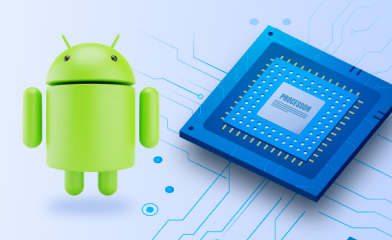
For working professionals. Learn Android system development for integrating new devices using HAL.

For working professionals.Learn comprehensive Advanced Linux device drivers course. Develop and debug the kernel with ease.
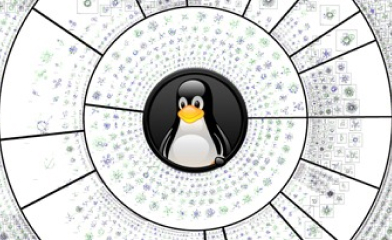
Weekend workshop for professionals. Navigate into Linux Kernel subsystem and create system programs.
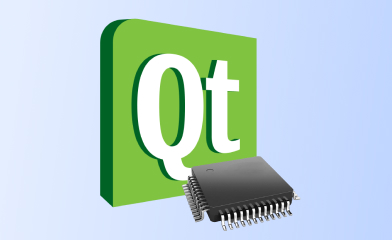
Advanced and Comprehensive course to develop, build, deploy and debug Embedded GUI Applications using Qt.
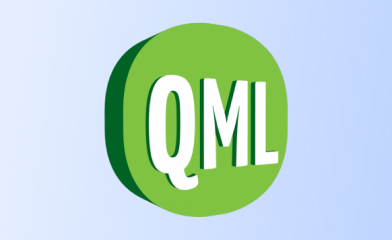
Hands-on training to develop GUI using QML and Qt Quick. Build applications by integrating QML and C++
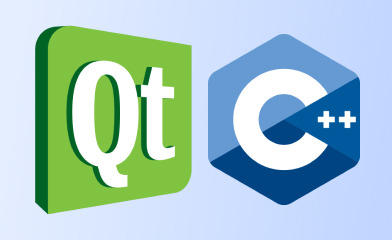
Comprehensive course to build E2E QT application using C++. Build applications quickly with lesser code
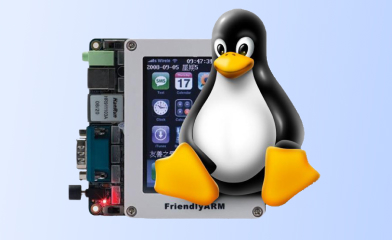
Hands-on workshop on how-to write your first device driver from the scratch. For working professionals
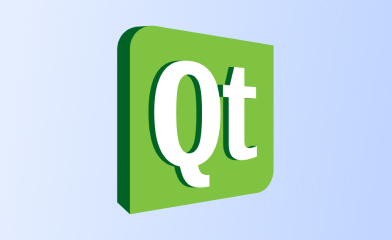
Customized training programs on Qt specific to project areas like integrating Qt Applications for devices.
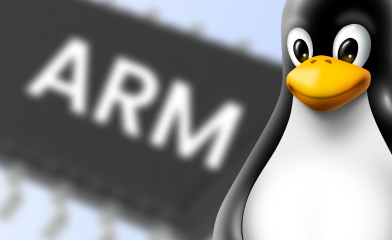
Hands-on workshop on getting started with customizing Linux and porting Embedded Linux on ARM.
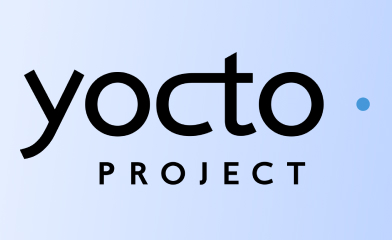
Comprehensive training program to create custom Embedded Linux. For Professionals and enthusiasts